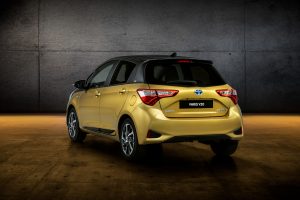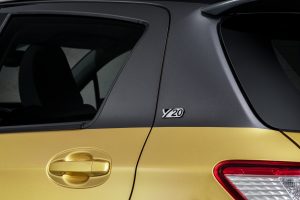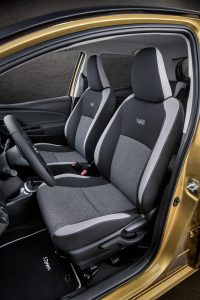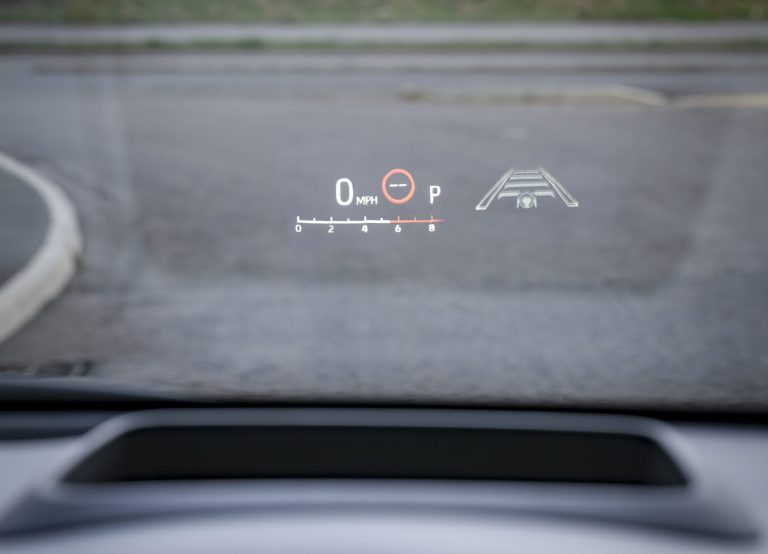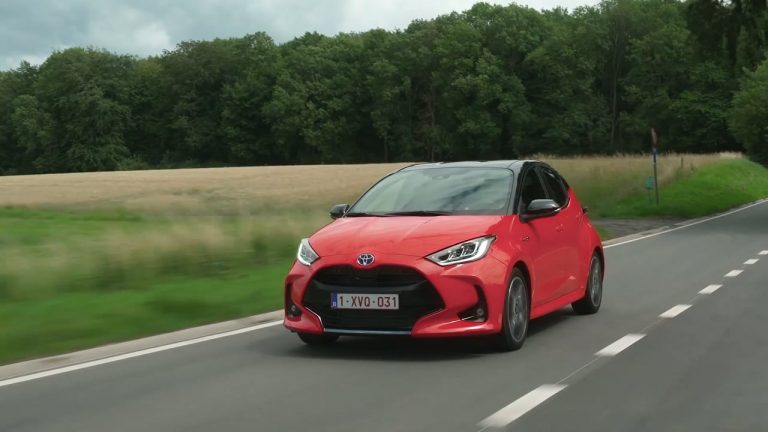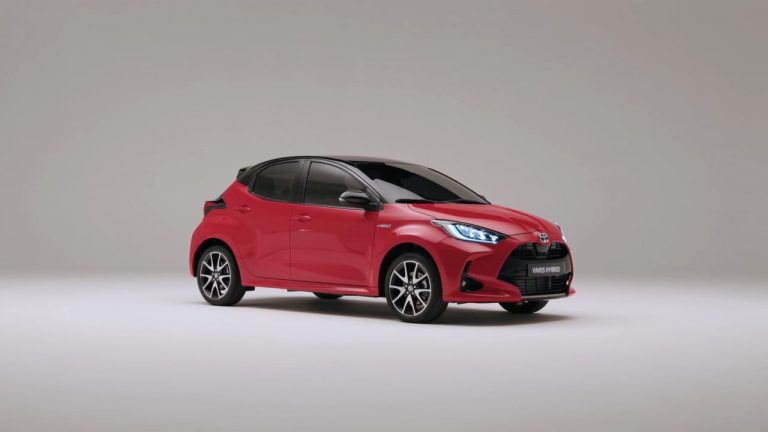Toyota Yaris Y20
Toyota is paying tribute to the original Yaris by introducing a new Y20 grade to its 2019 model range. It marks the 20th anniversary of its successful B segment car appearing for the first time at Paris Motor show in 1998. Through two decades and three generations, Yaris has become firmly established as Toyota’s best-selling model in Europe, also being built here at its Valenciennes factory in France.
The revised Yaris range, revealed for the first time at the Paris Motor Show on 2 October, will launch with an initial production run of 1,998 Launch Edition Y20 models featuring gold paintwork similar to that used by the first Yaris back in 1998, but with the contemporary twist of a bi-tone dark grey roof.
These will be followed by full-production Y20 models that will sit at the heart of the 2019 Yaris model range, offering a strong value proposition for customers. This, too, will have a bi-tone finish, matching silver, white or black bodywork colours with a dark grey roof.
The exterior styling uses further dark grey features to distinguish the Y20 within the Yaris line-up. These include, 16-inch grey and machined-face 10-spoke alloy wheels, and grey side mouldings, front grille, door mirror casings and fog light surrounds (with chrome detailing). The Y20 also sports dark-tinted rear privacy glass and special Y20 badging on the rear pillar.
The interior extends the dark grey theme, applied to the centre console, steering wheel inserts and new chequer-pattern fabric upholstery. Satin chrome air vent, audio speaker and meter surrounds and gear knob trim, black carpet mats with silver edging and Y20 badging on the instrument panel and front seatbacks further enhance the quality feel of the interior.
New multimedia system
The 2019 model year Yaris’s new multimedia system is in tune with people’s desire to keep connected at all times. Connectivity has become an increasingly important purchase consideration for customers and the new package will enable easy smartphone integration and access to useful, popular apps.
Operation is via a simple central touchscreen; once connected, selected smartphone contents can be viewed and accessed using the screen. Functionality will be extended over time to enable access to other third party apps.
The system has a clear and simple hardware and HMI design. It can be used to provide smartphone-enabled route navigation and is able to respond to voice commands, via a new microphone and a dedicated button on the head unit, with least driver distraction. The touchscreen will also respond to familiar multi-touch gestures, such as screen flicking and pinching in/out.
ENDS


